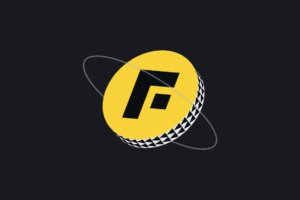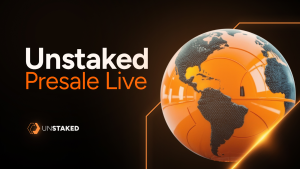First and foremost is the cost. Minting, buying, selling, and trading NFT’s on the Algorand blockchain is cheap. Incredibly cheap.
Right now, it costs just a fraction of a cent to transact on Algorand. Compare that to other layer-1s, and the argument for Algorand almost makes itself. Even after last August’s highly anticipated London Hardfork that sought to make Ethereum more efficient, gas prices on Ethereum have continued to remain extremely high. This has resulted in artists and content creators having to shell out anywhere between $50-$800 to issue a single NFT.
On the flipside, Algorand enables the creation of high-volume NFTs in a manner that is both practical and feasible — especially for smaller, independent artists who may not have access to a lot of capital.
Algorand provides another advantage — transaction speed. Algorand can process up to 1,000 transactions per second and takes 4 seconds to achieve finality. Moreover, Algo developers are working on cutting that finality time in half. Gone are the days of having to wait hours, and sometimes days, for a transaction to go through.
The network’s speedy throughput also provides token issuers with the ability to facilitate sizable price discovery events and support on-chain proof points of auctions, which can help prevent an artist’s name from being attached to an adverse network event.
Algorand’s ARC3 functionality is a gamechanger
While these are great perks for artists and other content creators, the incredible power of the ARC3 — Algorand’s de facto NFT standard — combined with the low cost and quick transaction speed of the network has opened the door for a broad range of NFT utilities.
For example, NFTs minted on Algorand can include an option to be frozen or retrieved by the creator, opening the door to use cases that go far beyond the digital art world. Incorporating the JSON programming language in the metadata of the NFT, ARC3 is able to tap into the power of the IPFS (InterPlanetary File System) to expand the capabilities of an NFT exponentially.
ARC3 enables organizations to provide NFT’s as a key to access digital communities, videos, files, and more. ARC3-based NFTs can also go beyond digital art and transform legacy applications in the meatspace. Event ticketing, retail rewards points, and personal data are being brought on the blockchain through ARC3 smart NFT’s. As true ownership is defined by the ability to buy and sell, tokenization of both digital and physical assets will only continue to increase.
These numerous benefits have materialized in products that offer NFT aficionados genuine utility. For example, Algo-based NFT marketplace Artsquare.io allows investors fractional shares and co-ownership of works from iconic artists like Keith Haring, Damien Hirst, and Andy Warhol.
Similarly, Republic is another Algorand-centric NFT ecosystem that leverages “security NFTs” (S-NFTs) to enable investments in everything from real estate to startups to video games in return for ownership and royalty rights. In fact, Republic has already seen over $700+ million invested, including $2 million into Elon Musk-led SpaceX and over $10 million into premier stock/crypto trading platform Robinhood.
With Algorand’s low cost, quick speed, and robust ARC3 standard, it is an obvious frontrunner to be the home of some of the most powerful NFT applications going forward.
The post Op-ed: Here’s why Algorand is the ideal home for NFT artists appeared first on CryptoSlate.





















